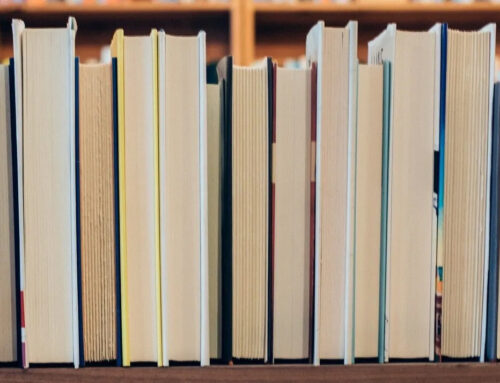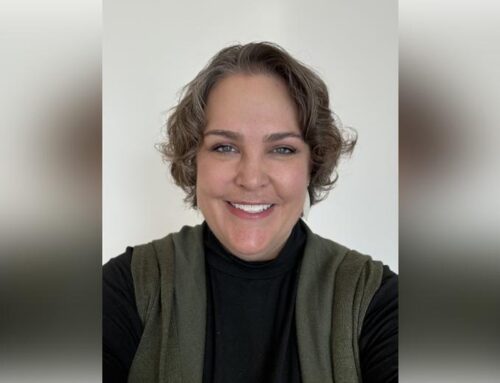What is M.A.S.K.? What does it do?
NHLC is working with M.A.S.K. – Making And Sharing Kindness, a loose group of neighborhood residents (including several hardworking NHLC members) making a difference in the lives of others. Initially started by individuals making cloth masks for healthcare workers, it has become a network of dedicated individuals who intend to provide cloth masks to any Twin Cities child or adult who needs them.
From March 2020 through August, M.A.S.K. makers have donated over 11,000 masks to healthcare workers, first responders, nursing homes, community care centers, food/supply donation centers (Community Emergency Service is one), prisoners and visiting family members (UnPrison Project), community organizations (Nokomis East Neighborhood Association and neighborhoods of North Minneapolis), George Floyd Memorial site, teen shelters (Booth Brown House), churches (Central Lutheran) and others across Minneapolis and St. Paul. One estimate is that the total number of volunteer hours so far would exceed 230 24-hour days.
Accomplishing this much work can only be done with many hands:
- Volunteers seek out community needs for masks. Requests also come from individuals, friends, and coworkers,social media, discussions with individuals, or emails tomaskmaker2020@gmail.com.
- Volunteers source fabric by purchasing it, finding it (hello, NHLC quilter’s closet) or seeking donated sheets from friends, family, and social media friends.
- Volunteers test and prepare the fabric. All donated fabric not marked as cotton must be ‘flame tested’ to make sure it is 100% cotton. All fabric is washed in hot water with fragrance-free detergent and dried on high. Once washed, each piece needs to be ironed to get out the wrinkles.
- Volunteers source elastic, nose pieces, and thread.
- Volunteers take ironed fabric and cut pieces for mask in 10 different sizes (XS youth to XL adult).
- Volunteers cut elastic to fit each of the different sizes.
- Volunteers assemble fabric, elastic, and nose pieces into 25 mask “sew kits.”
- Stitchers pick up the “sew kits” from a centralized site and sew each mask. (They are asked to steam iron on both sides to sanitize, but not all sewists are able to.)
- Finished masks are dropped off at the centralized drop box.
- Volunteers record the number of masks created by each stitcher and assembles the donation bags.
- If the masks haven’t already been washed or steam ironed, another volunteer washes/irons each mask on both sides.
- Assembling a donation packet:
- Masks are sorted to ensure a variety of mask colors, types, and fabrics. Then 10-12 sets of 10 masks each are created.
- Each group of masks are tied together with string and a tag is added that says the number and size of masks. These become bundles.
- For each group we donate to, different size mask bundles are recounted and gathered together and put into a large bag.
- A tag is made for each bag of masks (usually 100 but they can vary from 30-300) that indicates the size of each type of mask and the number included. This tag includes Making And Sharing Kindness M.A.S.K.s group name and contact information.
- A volunteer picks up the masks for delivery to the requested location for distribution to individuals who need them
How YOU can play a part?
- Source materials (e.g. see a garage sale? Stop in and find 100% cotton sheets!)
- Volunteer to be a “Runner” (Delivering to the centralized drop box or other locations as needed.)
- Flame test material
- Wash/dry fabric
- Iron fabric (or completed masks)
- Cut elastic to correct lengths
- Deliver bags of masks to requesting organizations or individuals
- Promote this group; including asking stores to put signs in their windows.
- Volunteer administrative assistance– log requests and distributions
- Sew
Volunteers determine their contributions of time and talents…deciding what to do, when to work, and when to rest. All interactions (like pick-ups and drop offs) are conducted via socially-distant drop boxes, so there are no meetings to schedule. The group is becoming a community that helps with questions both mask related and personal. Recently, the youth group at Nokomis Heights spent an afternoon preparing fabric and assembling sew kits. If the kids can do it, so can you! People of all ages have abilities that are valued. Please consider joining us!
Ruth Murphy



